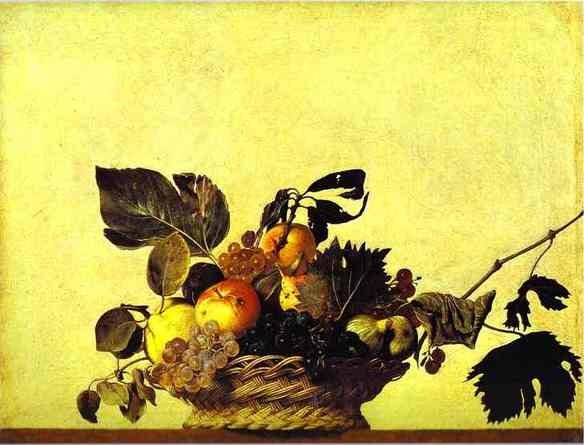The Glory of Leaves
Painting allows one to rediscover the wonder of seemingly very simple things. These weeks in the studio, the joy is about fruit with leaves on it. Yes, I love painting fruits and vegetables of all sorts without leaves. But there is something very special about painting them when they have their leaves on. Sadly, coming by fruits so adorned is not easy. Not a leaf in site in the supermarkets I visit. Even at the Union Square Farmers' Market that I am blessed to be able to enjoy on the way to my city studio, most apples and pears have been separated from their leaves. Luckily, in Pine Plains, Northern Dutchess county, I have access to Farmers' Markets that are within walking distance of the orchards where the fruit are grown. The short trip from orchard to farm stand to my country studio means I can find and paint fruit with leaves still attached.
Now, you could ask me: "Suzanne, are the leaves really such a big deal?" My answer is "yes." Since the days of wall paintings in Pompeii and Herculaneum, painters have been painting fruit with leaves. And they continued over the centuries to paint leaves. Highlights are stunning fruits with leaves in the stll lifes or "kitchen paintings" of the 17th century Spanish painters, Cotan and Zubaran and the countless examples in Dutch still life genre paintings. For me, the one painting that better than all others makes the point that leaves are the way to go is Caravaggio's (1573-1610) Basket of Fruit.
Who can resist the amazing variety in the leaves? And isn't it wonderful how we know it has been a long time since some of these fruits have been picked because of the way Caravaggio has the leaves curl and even fold in on themselves? The fruit are clearly still and not going anywhere but the leaves look as if they might dance away. They bring an amazing energy to the painting. They also show us how good a painter Caravaggio was.
